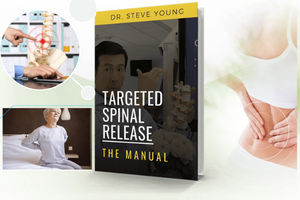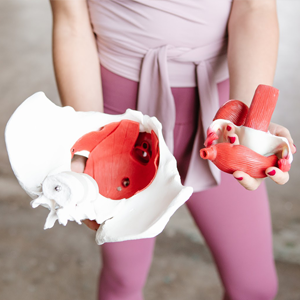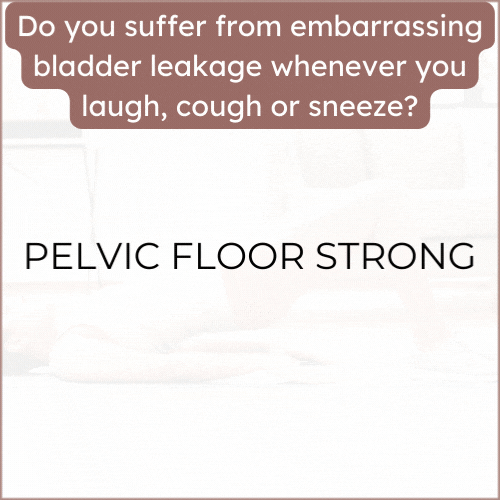6 Myths About Urinary Incontinence in Women
Urinary incontinence is a common condition affecting women, but misconceptions often surround it. Dispelling myths is essential for promoting accurate information and encouraging open discussions about this prevalent issue. Here are six myths about urinary incontinence in women debunked:
Myth 1: Only Older Women Experience Incontinence
Fact: While aging increases the risk, urinary incontinence can affect women of all ages. Factors like childbirth and hormonal changes contribute to its occurrence.
Myth 2: Young Women Don't Experience Incontinence
Fact: Contrary to the belief that incontinence is exclusive to menopausal women, younger women can also experience it. Stress Urinary Incontinence (SUI) can affect women of various ages.
Myth 3: Incontinence Is Inevitable After Childbirth
Fact: While childbirth can contribute to incontinence, it is not inevitable. Pelvic floor exercises and preventive measures can significantly reduce the risk.
Myth 4: Surgery Is the Only Treatment
Fact: Surgical options are available, but non-invasive treatments, including lifestyle modifications, pelvic floor exercises, and medications, are often effective in managing incontinence.
Myth 5: Urinary Incontinence Is a Sign of Weakness
Fact: Incontinence is a medical condition, not a sign of personal weakness. It is influenced by various factors, including genetics, hormones, and lifestyle, and seeking help is a proactive step towards improvement.
Myth 6: It's Normal to Leak During Sex
Fact: While common, urinary incontinence during sex is not normal. It can be a sign of underlying issues and should be addressed with healthcare professionals for appropriate guidance and treatment.
Understanding the facts surrounding urinary incontinence is crucial for women's health. By dispelling these myths, we empower women to take control of their well-being and seek the right support and treatment.


































